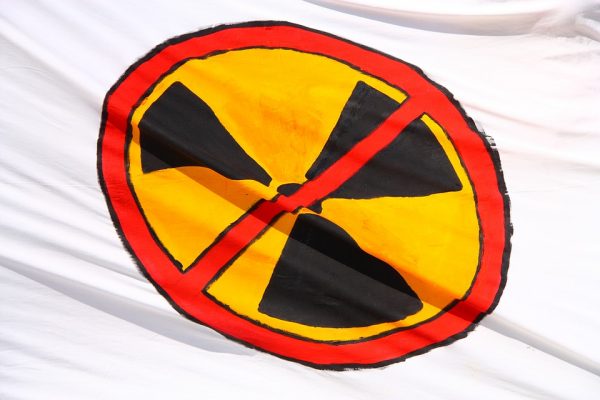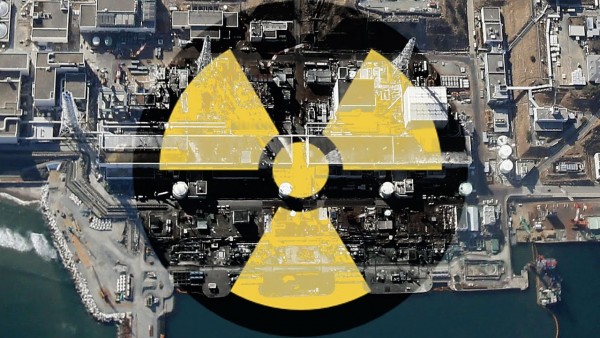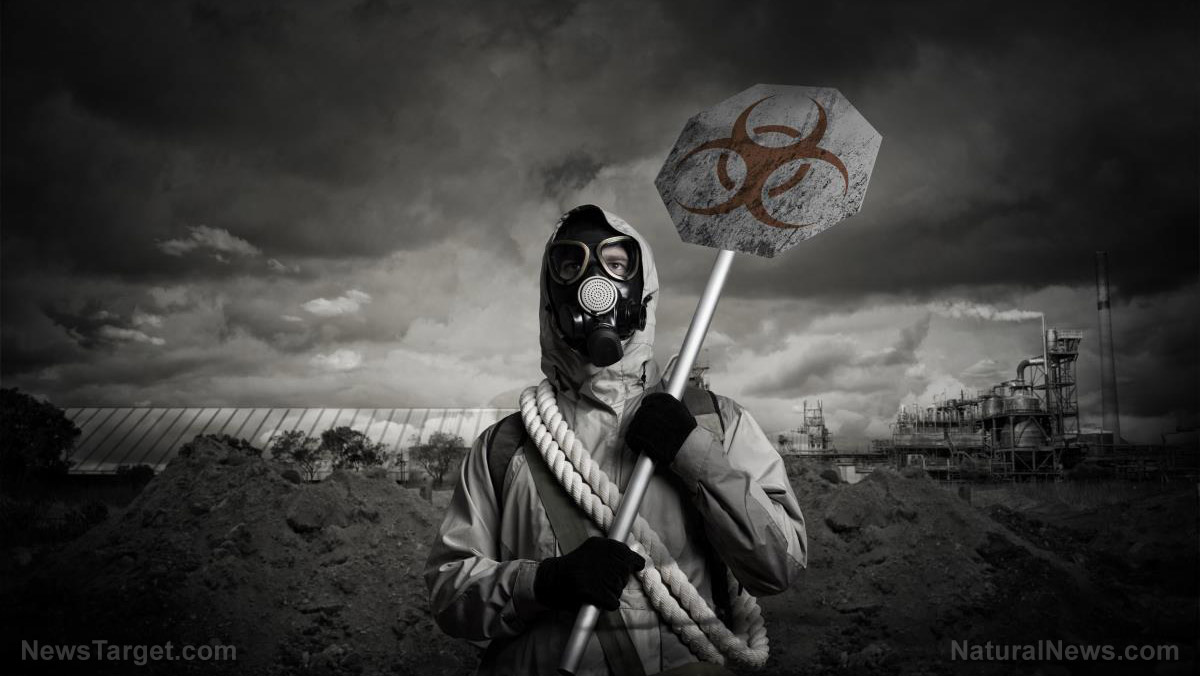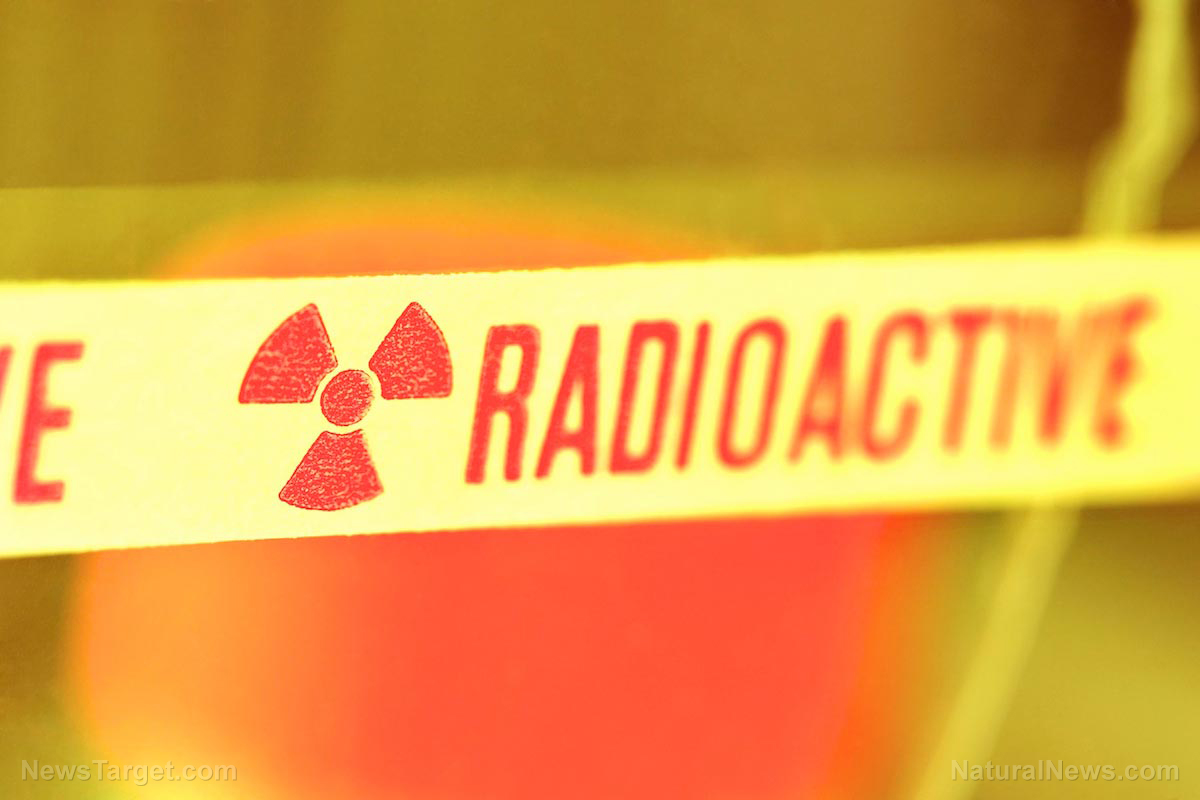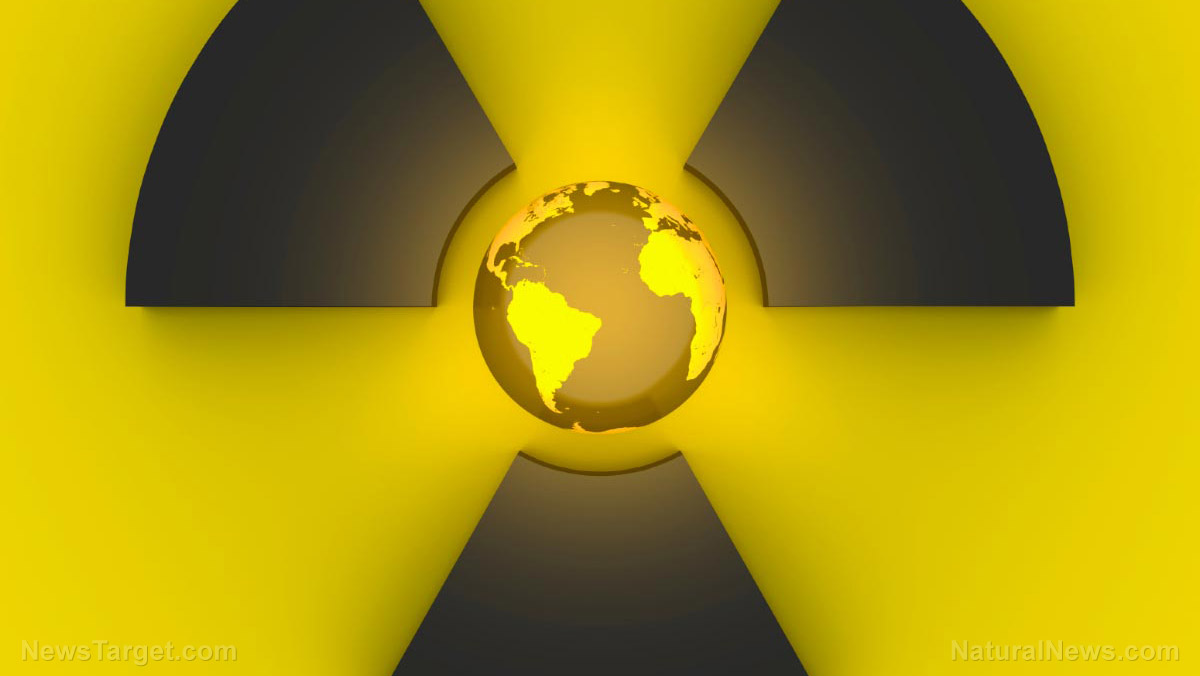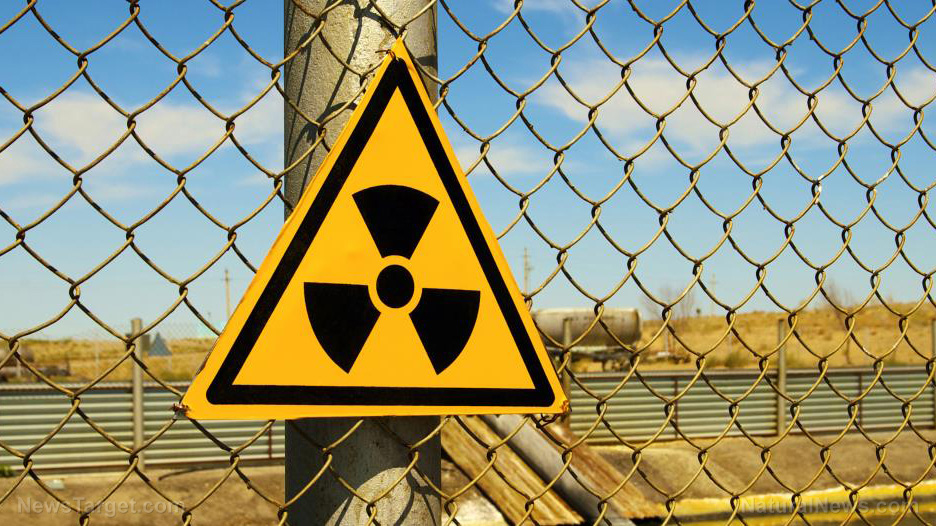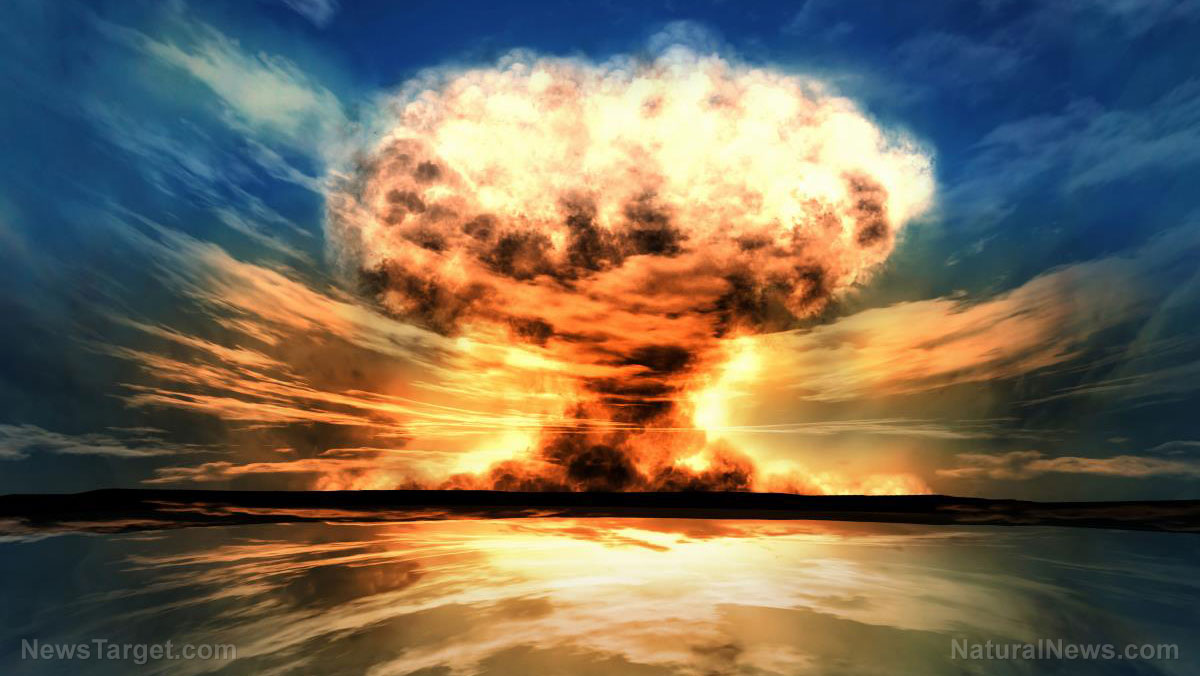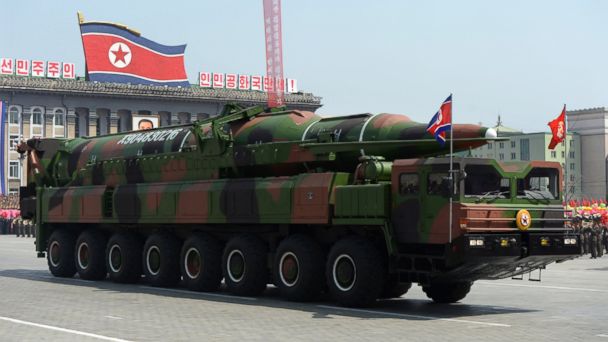Fukushima wildfire revives worries over airborne radiation from “difficult-to-return zone”
05/10/2017 / By Frances Bloomfield
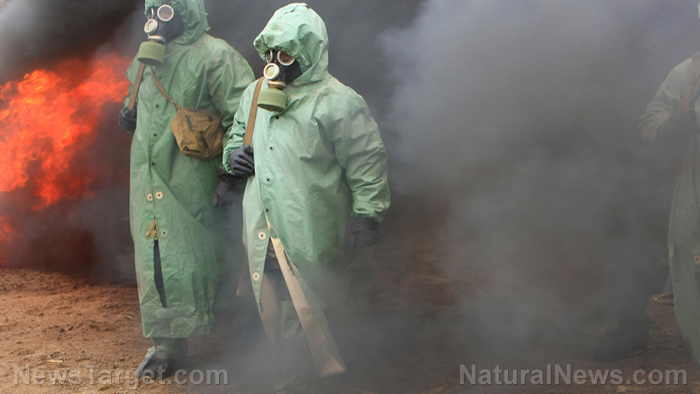
On the evening of April 29, a wildfire broke out in a mountain forest near the now-disabled Fukushima No. 1 Nuclear Power Plant. In a report by the Mainichi.jp, the publication stated that the fire started on the 448-meter high Mount Juman in Namie, a town in the Fukushima Prefecture. In response to the prefecture government’s request for aid, the Ground Self-Defense Force (GSDF) dispatched eight helicopters to pour water on the blaze. Far from being a normal wildfire, it raised concerns over the probability of airborne radiation spreading from the site. The area has been designated a “difficult-to-return zone” since the 2011 Fukushima Daiichi nuclear disaster. The high radiation levels originating from the power plant forced officials to bar entry into the area. It’s these high radiation levels that have sparked worries among the population.
In a 2016 blog post by Anton Beneslavsky, a member of Greenpeace Russia’s firefighting group, he noted down the dangers of forest fires occurring in contaminated sections of land. “During a fire, radionuclides like caesium-137, strontium-90 and plutonium rise into the air and travel with the wind. This is a health concern because when these unstable atoms are inhaled, people become internally exposed to radiation,” Beneslavsky wrote.
Formal regional government official Ludmilla Komogorsteva told Beneslacky that forests similar to the one in Namie were “ticking time bombs”. Based on her experience with the infamous 1986 Chernobyl disaster, Komogorsteva explained that “woods and peat accumulate radiation and every moment, every grass burning, every dropped cigarette or camp fire can spark a new disaster.” (Related: Fukushima radiation is affecting the health of the entire global ecosystem, scientist says)
However, an official with the Ministry of the Environment commented that where were “no major changes to radiation levels”, stated CommonDreams.org. The official then added they will “continue to closely watch changes in radiation doses in the surrounding areas.”
The cause of the wildfire is still unknown. According to the Fukushima Prefectural Police, a lightning advisory had been issued for the town of Namie by the Fukushima Meteorological Office on the day the fire occurred. They speculate that a lightning strike may have started the blaze, which has since consumed several hectares of forest.
The 2011 nuclear disaster, in brief
On the afternoon of March 11, 2011, an earthquake with a magnitude of 9.0 struck the Pacific Ocean, 80 miles off the Japanese east coast. For several minutes, there was shaking and rumbling with little pause. The impact of the earthquake caused Fukushima Power Plant Reactors 1,2, and 3 to automatically shut down to prevent further damage. Heat was still being produced within the reactor core, however. “This heat was caused by radioactive decay, and you have to keep cooling it. When the reactors shut down, the cooling was supposed to be by an external power source… but that failed too,” Jim Smith, a professor of Environmental Science at Portsmouth University, told the IBTimes.co.uk.
A horrific chain of events followed. Two external power sources for the power plant were disrupted, forcing workers to rely on 13 emergency diesel generators. A 45-foot high tsunami struck the coast 50 minutes after the earthquake and flooded the basement levels of the nuclear power station, destroying all but one emergency generator. Hydrogen gas began to fill the reactors and, at 3:36 pm on the same day, Reactor 1 experienced a hydrogen explosion and radiation spilled into the environment.
The rest is history, and the effects are still felt by Japan to this day. Authorities have since been dealing with an increase in cases of different types of cancers, particularly thyroid cancer.
What effects the wildfire may bring remain to be seen.
Stay up to date on all news concerning radiation by visiting Radiation.news.
Sources include:
Tagged Under: Fukushima Disaster, Fukushima Nuclear Plant, wildfires

